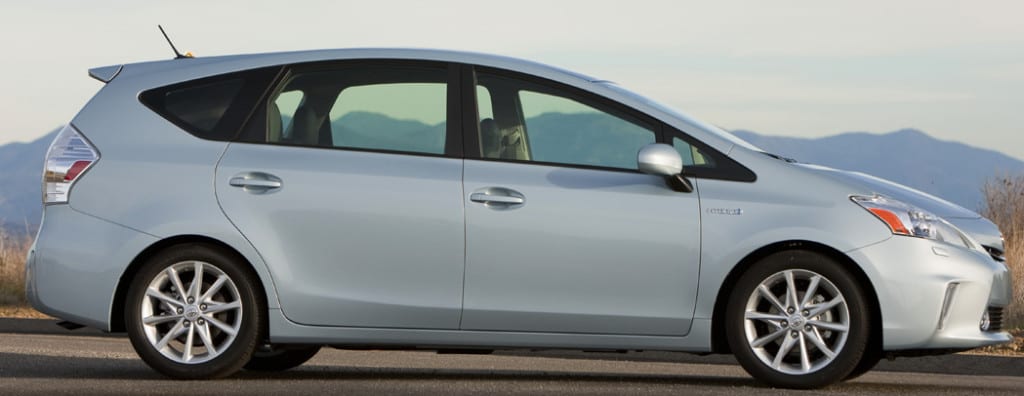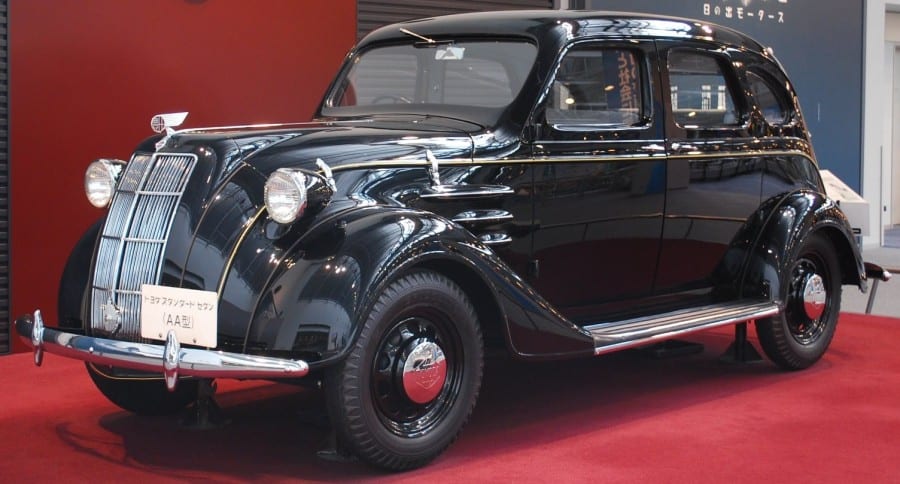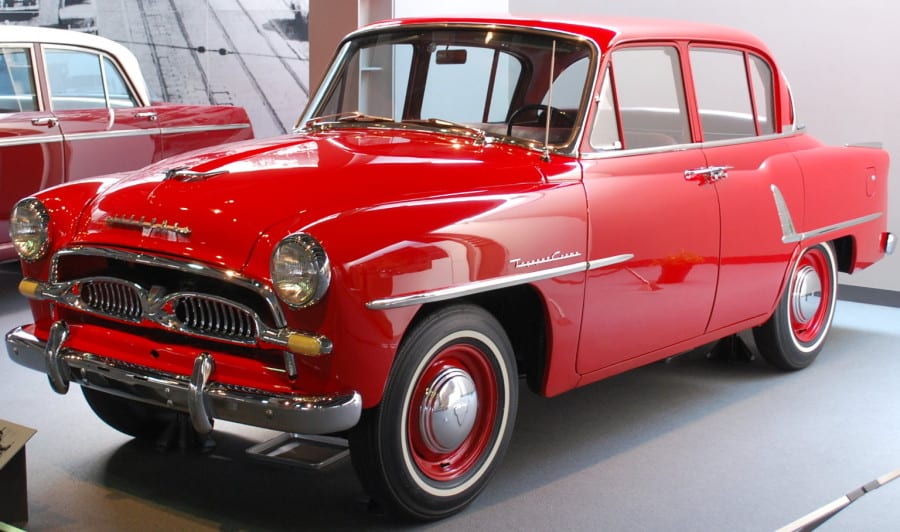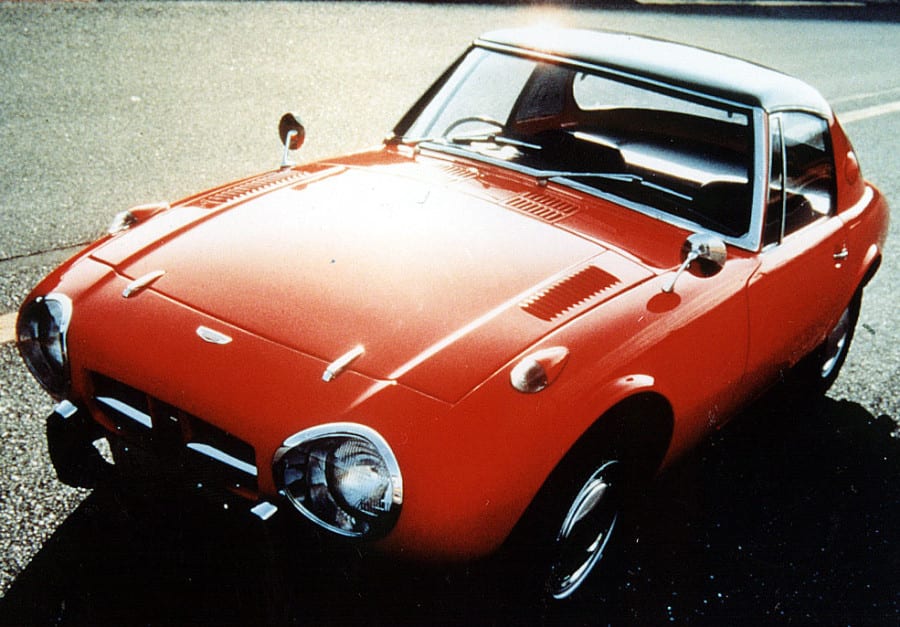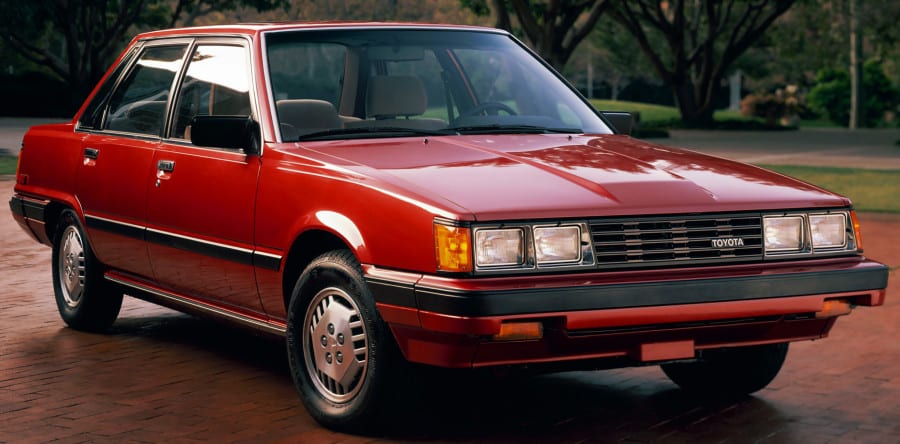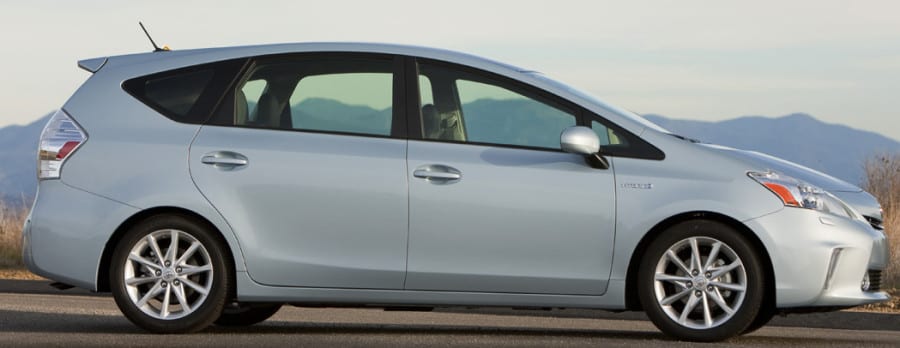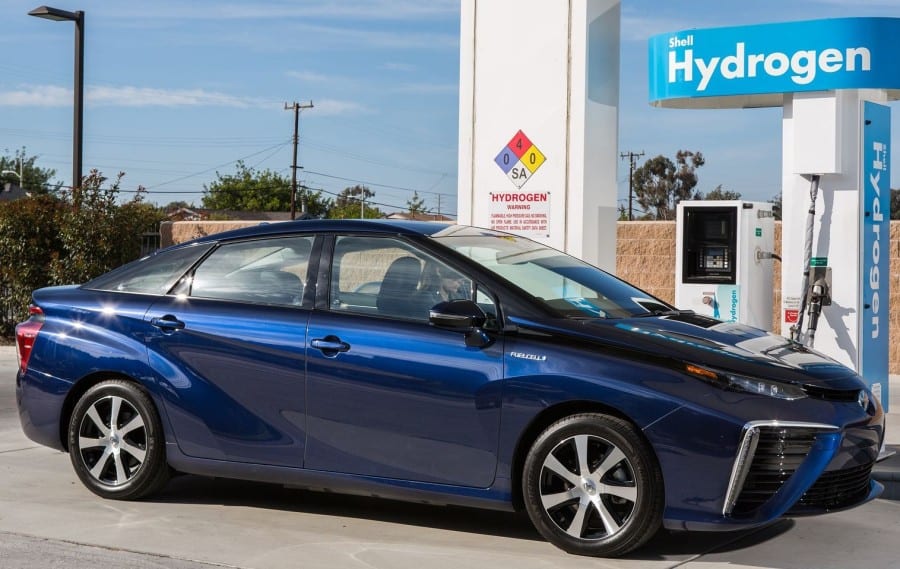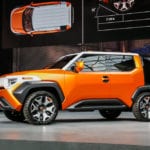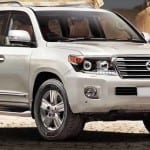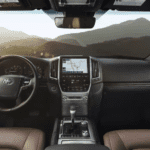Toyota has been around for more than 75 years, and it has grown from ia small division in a Japanese weaving company into one of the world’s most respected and relied upon automotive brands.
Toyota’s success is no accident. It has been cultivated through high quality design, unyielding innovation, and bold moves.
They’re responsible for some of the most impressive sports cars ever produced. And they’re also known for the dependability and class of their economy sedans.
Many people also think of Toyota as the company that brought hybrid technology to the forefront of the market. And others love vehicles like the Tacoma and FJ Cruiser because of their heavy duty capabilities.
Toyota is not limited to only one specialty. They have pushed the boundaries on multiple fronts and redefined what drivers should expect from their vehicles.
Just take a look for yourself. From their very first prototypes, to the lineup you see today at Toyota dealers, Toyota has always focused on making their automobiles the best.
At the Start
It all began with a loom, a very sophisticated loom in fact. It was developed by Sakichi Toyoda, a Japanese inventor who paved the way for what would become, Toyota Motors.
The automatic power loom, his most famous invention, employed the principle of Jidoka, meaning that it would stop itself if there was a problem.
That same principle was later used in the making of Toyota vehicles. Sakichi Toyoda was also responsible for the 5 Whys, a series of five questions asked to reveal the core of a problem. The process is still used in business today.
Sakichi Toyoda founded Toyoda Automatic Loom Works, which would later spark the beginnings of the automotive company that is so renowned today. However, it was his son, Kiichiro Toyoda who added car design to the company’s repertoire.
Kiichiro Toyoda traveled to Europe and U.S. to learn more about the world of automobiles, researching gasoline-powered engines and enhancing his own knowledge of how existing cars worked.
In 1933, he was the one who created an Automobile Department within his father’s weaving company, laying the foundation for what would become a long history of successful car design and production.
After working on prototypes that ultimately led to the Toyoda Model AA Sedan, AB phaeton, and GA truck, Toyota was finally established as its own entity.
With a brand new logo and an official name, the Toyota Motor Company came to be in 1937.
Getting Underway
Throughout the 1940s Toyota ramped up its production, and by ’47, the company had made 100,000 vehicles.
At the same time, a number of offshoot companies were created, including a steel works facility, an electric auto manufacturing company, and a rubber production business.
However, the postwar period was very difficult in terms of finances, and the business had to get loans and reduce staff simply to stay afloat.
While a major strike, layoffs, and lowered pay were dragging the company down, an act of fate managed to lift Toyota out of near bankruptcy. The U.S. military gave them an order for over 5,000 vehicles to be used in the Korean War.
With things up and running again, Toyota made a series of strategic moves during the ’50s. They established a separate sales company, created a chain of dealers, increased their exports, and launched an American division.
The first Japanese car to ever arrive in the U.S. was the 1957 Crown from Toyota. And it marked the start of a very long and successful relationship with America’s drivers.
Growing the Business
The 1960s were a huge time of growth for Toyota. They developed ties with Europe and began successfully exporting vehicles there. Their sales were also booming in Australia, their largest export market at the time.
1965 proved to be a big year for the company. The Sports 800 was introduced, setting a new tone for Toyota. It was their first production sports car, a preview of many performance vehicles to come.
The beloved Corolla also arrived on the scene in the late ’60s. Little did Toyota know that it would go on to be the best-selling passenger car of all time.
By the 1970, Toyota had exported 1 million vehicles around the globe and was truly making a name for itself in the automotive world.
Seeing Results
In the following decade, several new models, including the Celica, the Supra’s predecessor was introduced. Sales increased rapidly, and by ’75, exports had reached 5 million units.
That made Toyota the number one importer to the U.S., even surpassing Volkswagen which had previously held the spot.
Within five more years, Toyota had hit 10 million exports worldwide. A number of additional plants were created to meet the growing demand. And things did not slow down.
In the ’80s, the Camry was also added to the lineup, sales soared, and in ’89, Toyota established Lexus, its luxury branch. After only two years, Lexus was named the top luxury import coming into the U.S.
Modern Times
With model after model, Toyota’s design and engineering teams continued to produce state-of-the-art vehicles that have become some of the most popular cars in America today.
In the ’90s, the RAV4 and Prius went into production along with the Toyota Avalon, and overseas sales surpassed 3 million units per year.
Within 10 years, more than a million Prius models had been sold globally, the Camry had become one of the most popular sedans available, and several of Lexus’ best known products were announced, including the GS and IS.
Other new models, like the fuel-efficient, compact Yaris and Matrix hatchback joined the lineup in the early 2000s, giving drivers economical and environmentally responsible options outside of going electric.
And in 2010, the FJ Cruiser, was also launched, further expanding Toyota’s audience. Alongside the brand’s mid and full-size pickups, the Tacoma and Tundra, the FJ became an off-roading favorite.
Continuing to pave the way with their hybrid technology, Toyota expanded their Prius offerings, giving consumers the option to go for a smaller version for zipping around town or an extended version to fit the whole family.
Both variants were well-received, and the Prius maintains its reputation as the best-known and best-selling hybrid around.
The Future
However, hybrid tech is not the only sustainable solution that Toyota has in mind. They have also invested a great deal of time and money into fuel cell technology, helping to establish a number of hydrogen filling stations in the U.S.
The move is in preparation for their upcoming Mirai, which is set to redefine alternative-fuel vehicles. It’s a capable, sophisticated car that Toyota believes will be an incredibly valuable solution to the world’s energy problems.
In Japan, the number of orders already placed for the Mirai has far exceeded Toyota’s initial projections, and the same is likely to happen when the car becomes available in the U.S.
America’s west coast already has a substantial infrastructure in place, and the scope of the project is expanding. Soon hydrogen filling stations will also be established in New England and other eastern states as well.
As one of the only automotive producers ready to offer a refined hydrogen-powered vehicle, Toyota has once again positioned itself in front of the wave.
So how does a Japanese car company that sprouted from a weaving business become a leader in the automotive world? That’s easy.
It just takes 75 years of unfailing commitment to excellence and ingenuity that goes far beyond that of any competitor. And it requires a vision for the future that is always transforming and growing into something new.
